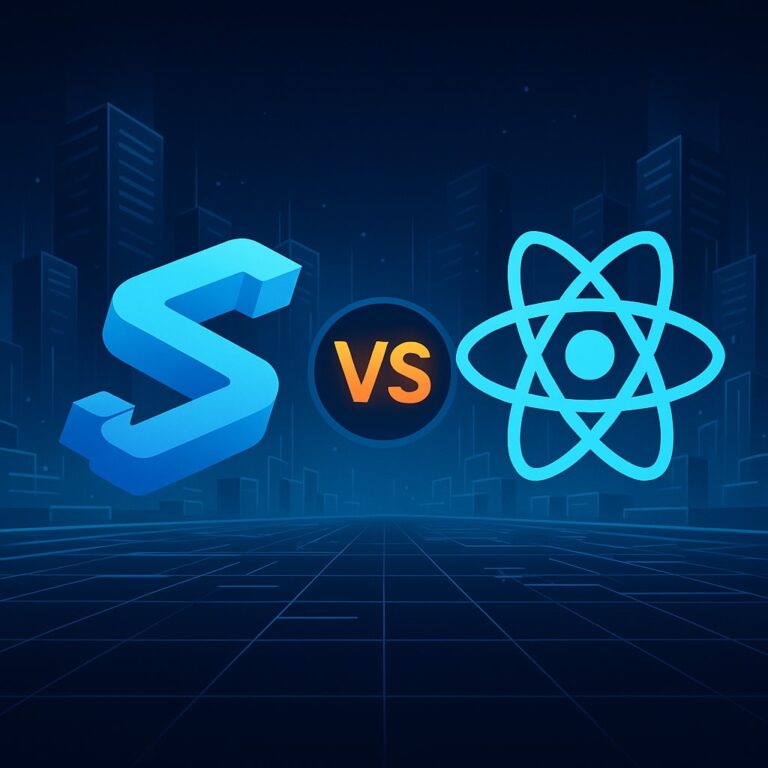JavaScript is the backbone of modern web development, powering everything from dynamic web pages to complex web applications. While mastering the basics is essential, delving into advanced techniques and lesser-known tricks can elevate your skills and transform your coding practices. This article unveils some of these hidden gems to help you unlock the full potential of JavaScript.
1. Mastering the Event Loop and Asynchronous Programming
Understanding JavaScript’s event loop is fundamental for writing efficient asynchronous code. Going beyond the basics can give you a competitive edge.
Microtasks and Macrotasks
JavaScript divides asynchronous tasks into microtasks and macrotasks. Microtasks, such as Promise callbacks, are processed before the next rendering frame, while macrotasks like setTimeout are handled afterward. Leveraging this knowledge can help you optimize performance.
console.log('Start');
setTimeout(() => console.log('Macrotask'), 0);
Promise.resolve().then(() => console.log('Microtask'));
console.log('End');
// Output: Start, End, Microtask, MacrotaskAsync Generators
Async generators allow you to handle asynchronous data streams elegantly. They combine the power of async/await with the flexibility of iterators.
async function* asyncGenerator() {
const urls = ['url1', 'url2', 'url3'];
for (const url of urls) {
const response = await fetch(url);
yield response.json();
}
}
(async () => {
for await (const data of asyncGenerator()) {
console.log(data);
}
})();2. Unlocking the Power of Closures
Closures are more than just a way to create private variables. They can also help you manage state in complex applications.
Persistent Data Structures
Using closures, you can create persistent data structures that maintain previous versions of data without mutation.
function createPersistentStack() {
let stack = [];
return {
push: (value) => (stack = [...stack, value]),
pop: () => (stack = stack.slice(0, -1)),
getStack: () => stack,
};
}
const stack = createPersistentStack();
stack.push(1);
stack.push(2);
console.log(stack.getStack()); // [1, 2]
stack.pop();
console.log(stack.getStack()); // [1]3. Embracing Functional Programming
Functional programming can lead to more predictable and testable code. Let’s explore some advanced concepts beyond higher-order functions.
Currying and Partial Application
Currying transforms a function with multiple arguments into a series of functions each taking a single argument. Partial application allows you to fix a number of arguments, creating a new function.
const curry = (fn) => (...args) =>
args.length >= fn.length ? fn(...args) : (...more) => curry(fn)(...args, ...more);
const add = (a, b) => a + b;
const curriedAdd = curry(add);
console.log(curriedAdd(1)(2)); // 3
const partialAdd = curriedAdd(1);
console.log(partialAdd(2)); // 34. Utilizing Advanced Design Patterns
Design patterns go beyond basic modularization. Advanced patterns can greatly enhance the scalability and maintainability of your code.
The Proxy Pattern
The Proxy pattern can intercept and redefine fundamental operations for an object, providing a powerful way to control access and modify behavior dynamically.
const handler = {
get: (target, prop) => (prop in target ? target[prop] : `Property ${prop} not found`),
};
const proxy = new Proxy({ a: 1 }, handler);
console.log(proxy.a); // 1
console.log(proxy.b); // Property b not found5. Advanced Performance Optimization
Beyond debouncing and throttling, JavaScript offers other advanced techniques to boost performance.
Web Workers
Web Workers allow you to run scripts in background threads, parallelizing computation-heavy tasks and keeping the main thread responsive.
// main.js
const worker = new Worker('worker.js');
worker.postMessage('Start');
worker.onmessage = (event) => {
console.log('Message from worker:', event.data);
};
// worker.js
self.onmessage = (event) => {
// Perform computation
self.postMessage('Computation done');
};Memory Management
Efficient memory management can significantly impact performance. Avoid memory leaks by understanding and managing closures, DOM references, and event listeners.
function createHeavyObject() {
const largeArray = new Array(1000000).fill('Hello');
return () => console.log(largeArray[0]);
}
let heavy = createHeavyObject();
heavy(); // 'Hello'
// Clear references
heavy = null;6. Advanced Error Handling and Debugging
Sophisticated error handling and debugging techniques can streamline development and enhance code reliability.
Custom Error Classes
Creating custom error classes allows for more descriptive and granular error handling.
class CustomError extends Error {
constructor(message) {
super(message);
this.name = 'CustomError';
}
}
try {
throw new CustomError('Something went wrong!');
} catch (error) {
console.error(error.name); // CustomError
console.error(error.message); // Something went wrong!
}Conditional Breakpoints
Modern browsers support conditional breakpoints, which allow you to pause execution only when specific conditions are met, making debugging complex logic more efficient.
// Set a conditional breakpoint in your browser's DevTools:
if (x > 10) {
debugger;
}7. Leveraging New JavaScript Features
Keeping up with the latest ECMAScript proposals and features ensures that your code remains cutting-edge and efficient.
Optional Chaining and Nullish Coalescing
Optional chaining (?.) and nullish coalescing (??) provide more concise and readable ways to handle null or undefined values.
const user = { profile: { name: 'Alice' } };
console.log(user.profile?.name); // Alice
console.log(user.contact?.email); // undefined
const score = 0;
const defaultScore = score ?? 10;
console.log(defaultScore); // 0Dynamic Imports
Dynamic imports enable you to load modules conditionally, improving performance by reducing the initial load time of your application.
if (condition) {
import('./module.js')
.then((module) => {
module.default();
})
.catch((error) => console.error('Error loading module:', error));
}Conclusion
Mastering advanced JavaScript techniques and uncovering its hidden gems can transform you from a competent coder to a JavaScript virtuoso. By delving into the intricacies of the event loop, leveraging closures for state management, embracing functional programming, utilizing advanced design patterns, optimizing performance, and employing sophisticated error handling and debugging, you can create more efficient, scalable, and maintainable applications. Continuously exploring and applying these advanced concepts will not only improve your code but also prepare you for the ever-evolving landscape of web development.











